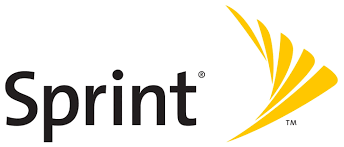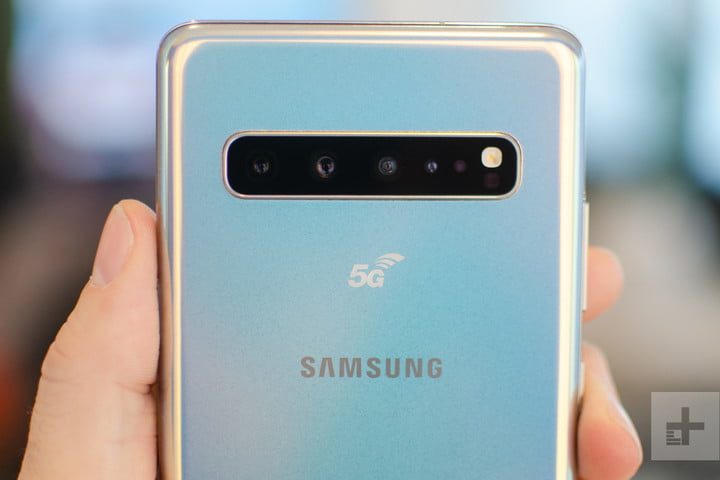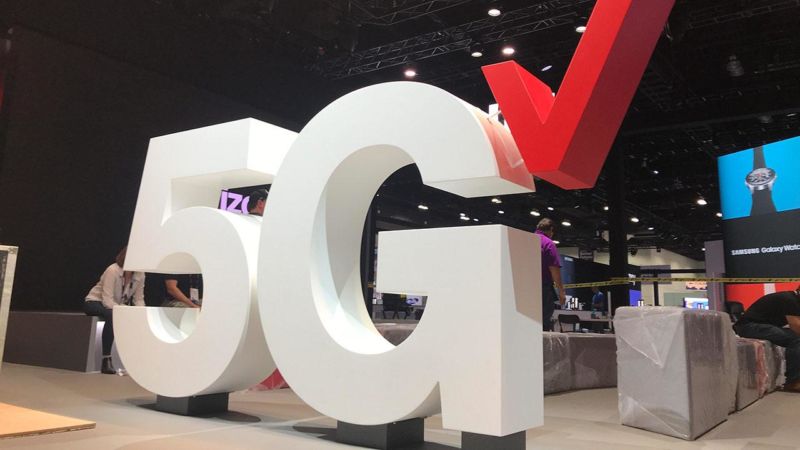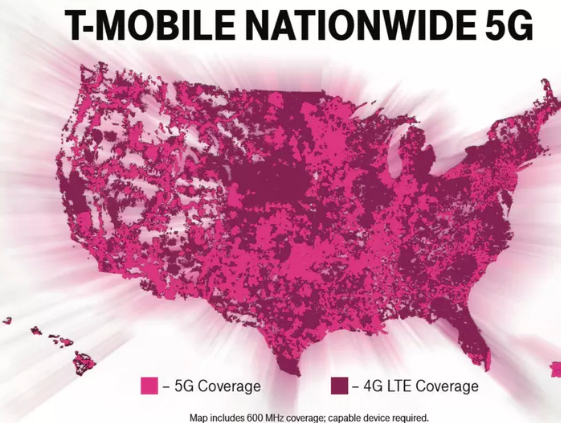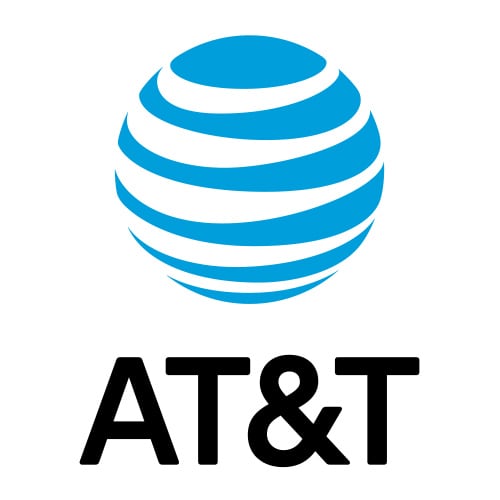
AT&T’s super fast mmWave “5G+” network is now available to consumers. Until now, AT&T had reserved their mmWave network only for business subscribers, while consumers could only access their slower but more widespread 5G low band network.
AT&T users will need the newly launched Samsung Galaxy S20+ and Galaxy S20 Ultra to take advantage of the 5G+ network. The regular Galaxy S20 will work on AT&T’s slower 5G network, but not the faster 5G+ service.
Customers who buy the Galaxy S20+ and Galaxy S20 Ultra will be able to use the mmWave “5G+” branded networks in parts of 35 cities, and they can expect speeds that can be more than 20x faster than LTE. Where 5G+ isn’t available, they will be able to use the lower-band 5G network.
To see where AT&T has 5G and 5G+ service in your area, visit att.com/5Gforyou.







